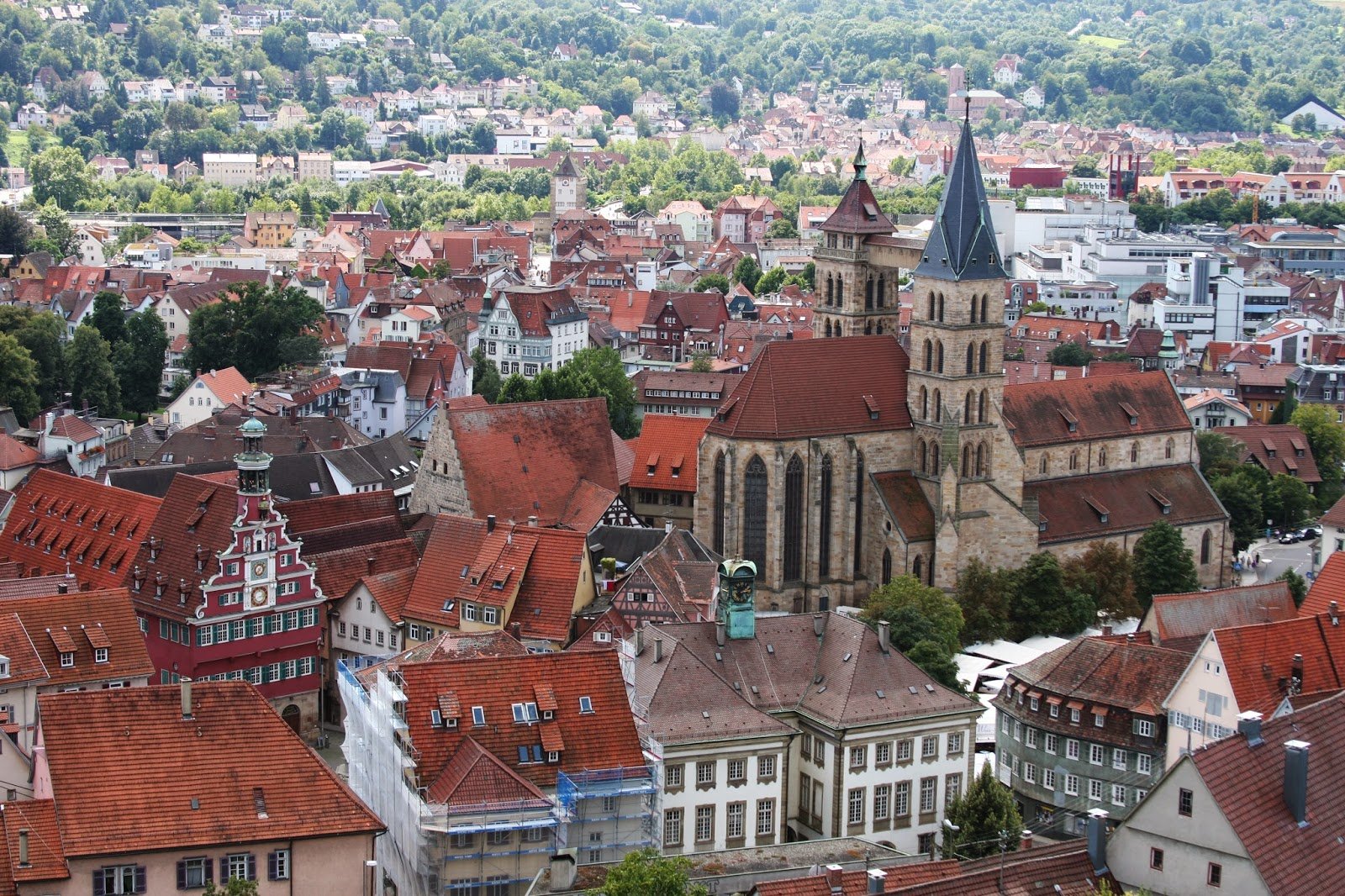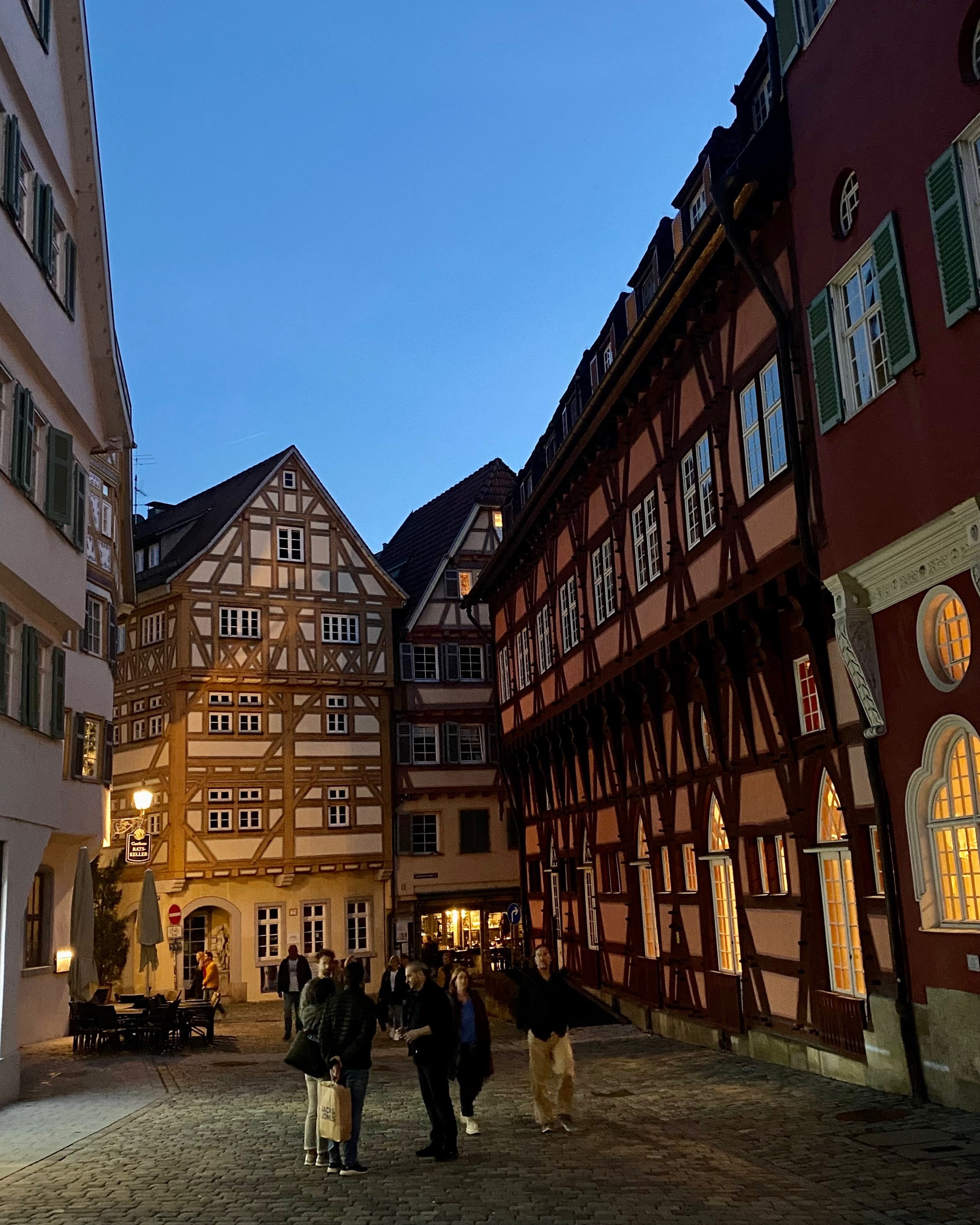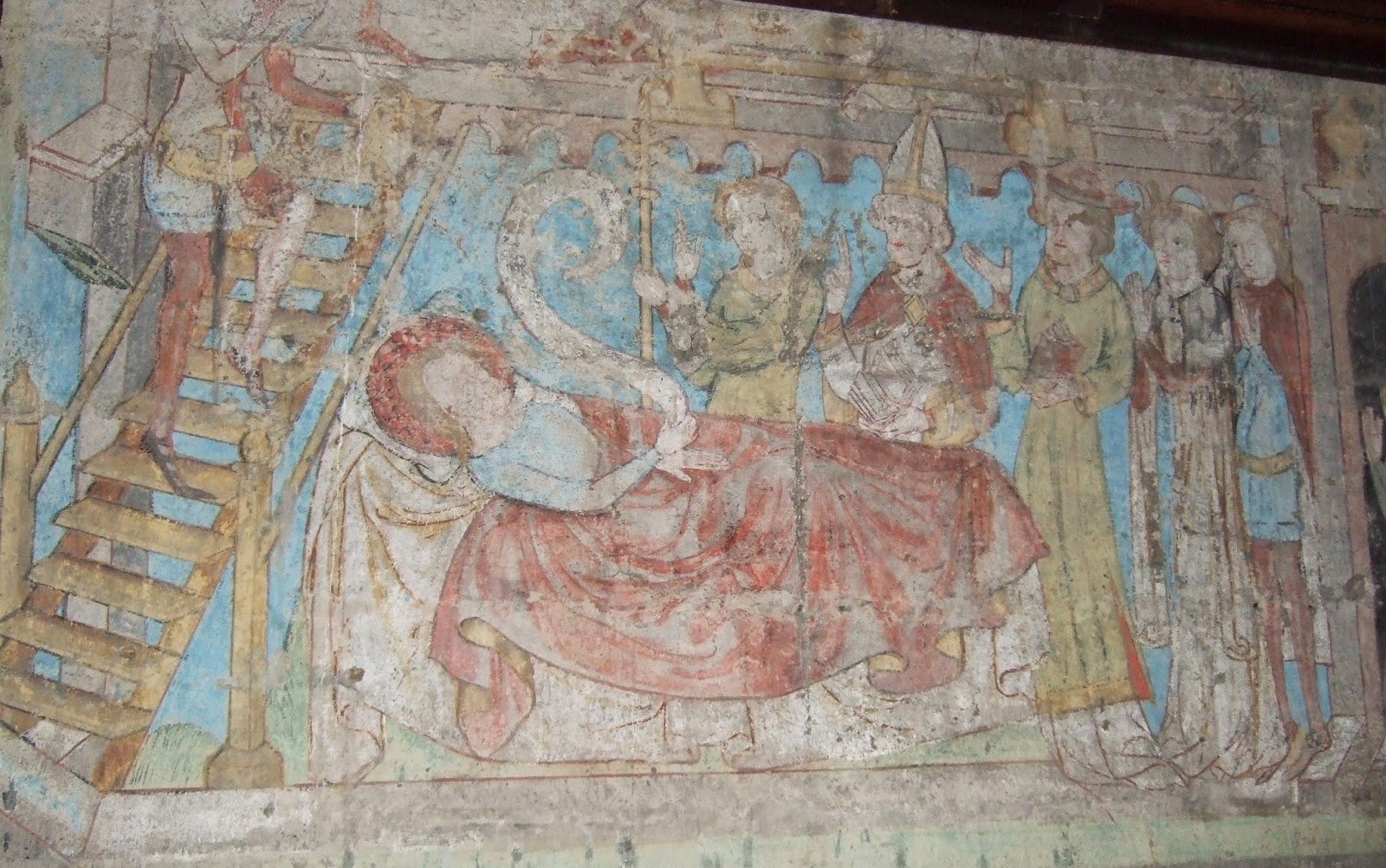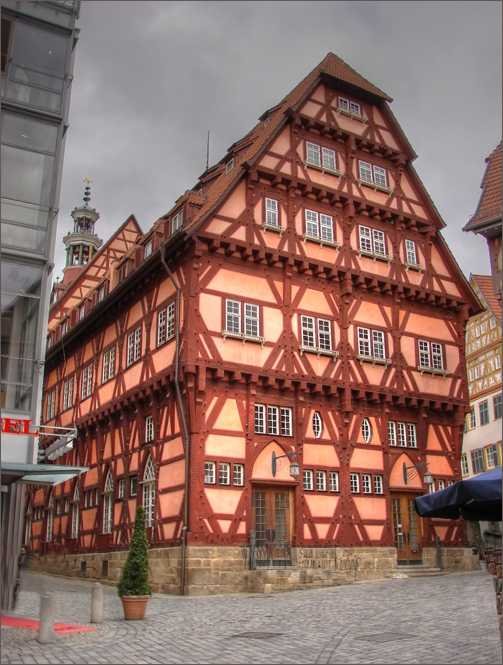Esslingen at Night
Sometimes I do too much. It was the end of a busy week and I saw a night time walking tour offered for a neighboring town that I had wanted to go see, so I booked it on the spot and arranged a sitter for B & N, and informed M & E that we were going.
(cue lots of groaning…)
I think when you’re visiting a place as a tourist you fill your schedule to see all the sites knowing your time is limited and not wanting to miss anything. But when you live in the place you want to see, the pace has to slow down a bit or you’ll burn out. I think I’ve been burning everyone out 😆!
And it’s not that M & E didn’t want to see Esslingen! It’s just they were worn out and needed an evening to rest. Lesson learned. I will not be so spontaneous before consulting them. Truth be told, I was exhausted too. But even with all of that, we really did love our evening in Esslingen and learned some fun things too. Mostly I just love spending time with M and E. We are always laughing, a lot.
Esslingen is a must for lots of reasons. It is consistently ranked as the #1 Christmas Market in Germany and is a cute little town full of interesting history and legends. We arrived and parked downtown, right at dusk. There were lots of people bustling to their dinner reservations and to the church where a choral concert of Bach, Mendelssohn and Beethoven was happening. Oh! How I wanted to stop in for that! I am wondering how to find out about such things because I would love to do more of this while I am here. I need to learn German and the different church names so I can find out what’s on.
With some time before our tour started, we wandered through the marktplatz and the tiny streets looking at the old half-timbered buildings and admiring it all. Esslingen am Neckar is a medieval town surrounded by hills that are covered in vineyards. Along the ridgeline is a wall with watchtowers that were built as a protection to the city. It was once a Free Imperial city of the Roman Empire with Roman villas, too. Esslingen was spared bombings during WWII so it has looked the way it does now for a very, very long time. In fact it is home to the oldest row of half-timbered houses in all of Germany.
The church at the center was a big reason why Esslingen became such a big deal. The church was given to Abbot Fulrad in 760, who made it a small monastic foundation. He eventually had the relics of St. Vitalis, an early martyr, sent to the church, causing it to become a place of pilgrimage which brought a lot of people in and through the town. Sometime after 850, a new church with a crypt was built, dedicated to St. Vitalis. Excavations in the early 1960s revealed the remains of both these churches, and they are open to visitors in the museum under the foundations of the church.
In 1531 the citizens pressured the town council to embrace the Reformation – which they were reluctant to agree to, because as a free imperial city they relied on (Catholic) Emperor Charles V. But the city eventually banded together with a group of other Protestant cities and princes to increase their power. Reformer Ambrosius Blarer was brought in to abolish the Mass, remove the icons and images of the saints, and close the monasteries.
There is a hidden painting that dates from 1345 hidden behind one of the choir stalls in this church. It isn’t known whether Blarer simply missed it as they were destroying and erasing the icons and paintings there, or if he left it because it was hidden behind a door. The painting depicts St. Alexius who is the patron saint of pilgrims and the homeless.
In a small square there is a stone fountain with carvings that depict a legend that nearly every Esslinger knows, as we were told. In 1491 a rich man from Esslingen was murdered near Stuttgart, but the murderer was never caught. Two years later a postman, Michel Banhard, discovered a ring at the location where the murder had taken place, though he was unaware of the crime. He put the ring on his finger with the intention of finding the owner and thinking he would earn a reward for returning something so valuable. He made the unfortunate decision to stop in an inn first, the ring on his finger was recognized, and he was accused of murder and theft. Michel was thrown into jail and tortured, and confessed to the crime to stop the pain even though he was innocent. He was sentenced to death by beheading, but before the sword fell, Michel blew his postal horn one last time and declared to the onlookers that he would return every year until the real murderer was found. For the next 50 years, at the close of each Michaelistag (St. Michael's Day, the 29th of September) Michel did appear on horseback carrying his severed head under his arm, haunting and terrifying the people of Esslingen. One cold night the figure of Michel appeared to the nephew and heir of the murdered wealthy man, who buckled and finally confessed to murdering his uncle. The postman Michel finally had his peace and did not return.
I especially loved learning about the history of Jewish people in this city from medieval times, through WWII, and today. During the plague, Jews were blamed for causing the sickness by poisoning the well. Not as many Jewish people were dying from the plague so others erroneously thought they were somehow causing it. With knowledge we have now of health and sanitation, it’s easy to see why they weren’t getting sick and dying at the same rate because their rituals and customs involved a lot of hand washing. During WWII Jewish people here had their homes and synagogue destroyed and were forced to live on one street together. Today, their synagogue has been restored.
It was fun to be out at night with two of my favorite people in such a cool place. I am so excited to go back to Esslingen, maybe for a music concert, definitely for the Christmas Market, and probably again and again with friends who come to visit. It is worth a visit and a tour for sure.









